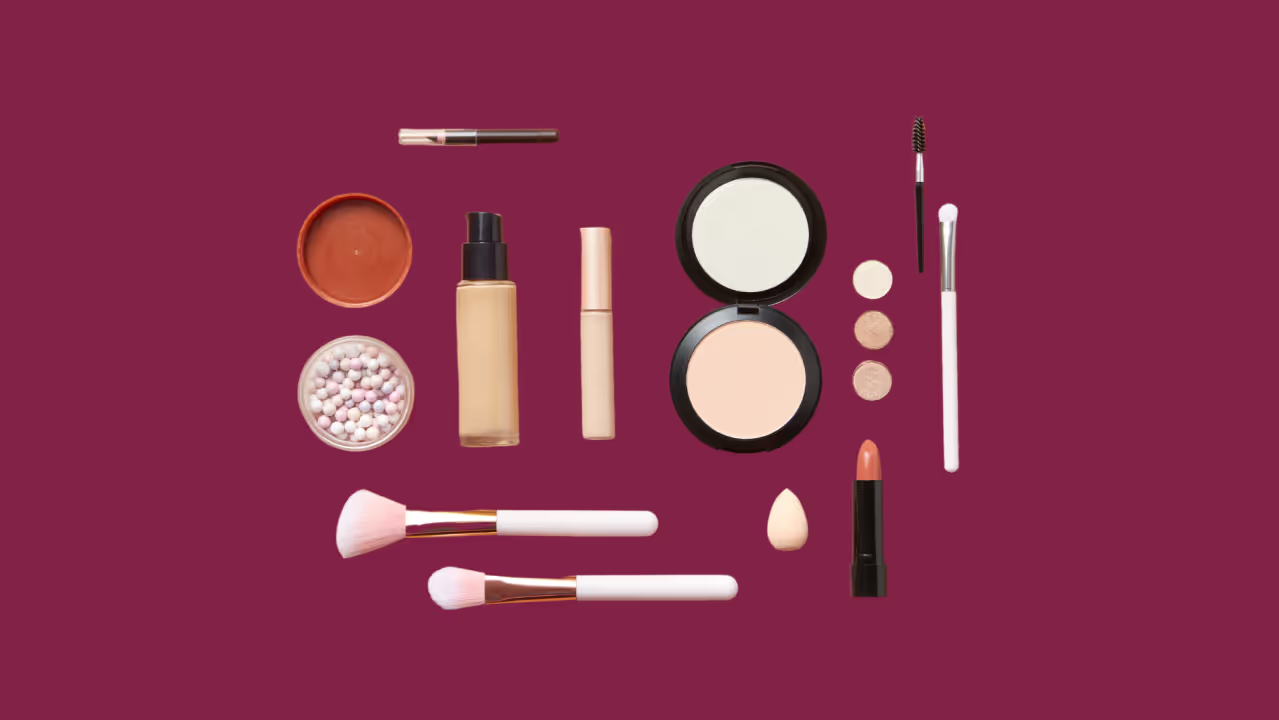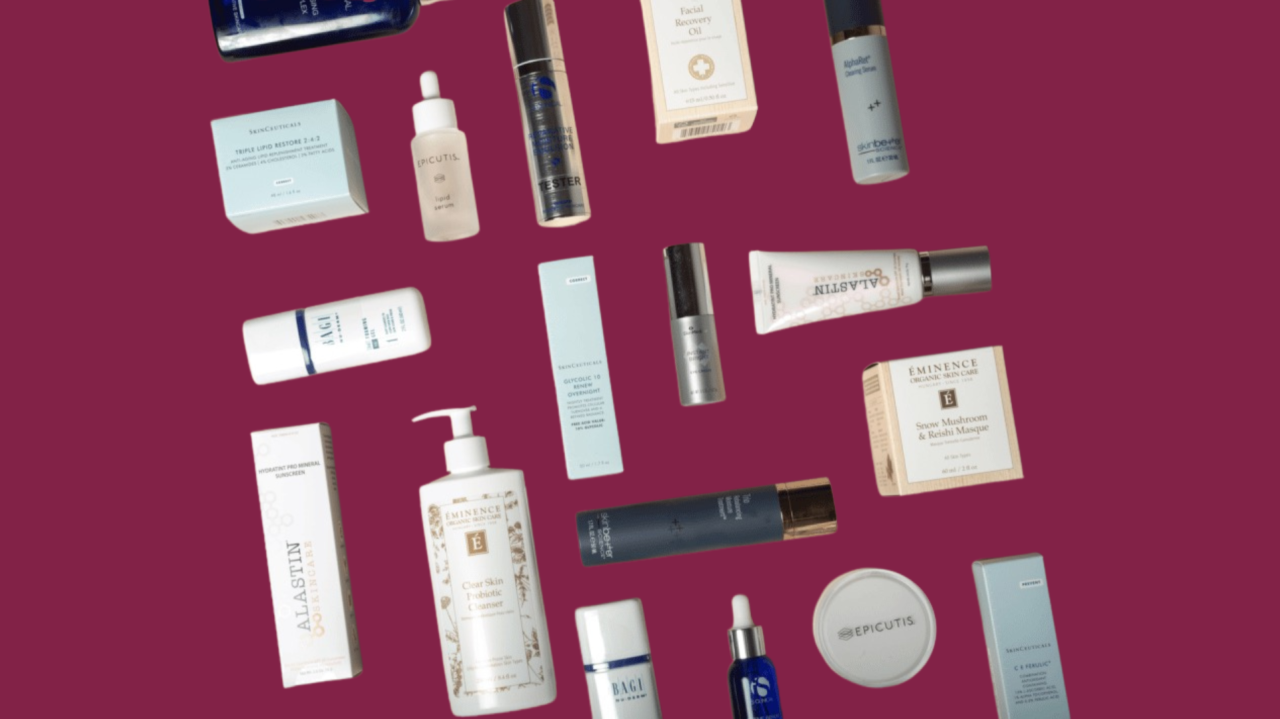Do you know what makes a medical device classify as a medical device? Or which criteria need to be met for a product to be classed as a cosmetic?
Understanding the regulatory classification of products, particularly distinguishing between cosmetics and medical devices can be difficult, but the distinction between these two categories is crucial as it determines the regulatory requirements that a product must meet to be placed on the market. Let's delve into what makes a product a cosmetic and what makes a product a medical device, as well as understand how to appropriately classify a product based on its intended purpose and mode of action.
Cosmetics
Put simply, cosmetics are products primarily used to enhance the appearance of the skin, hair, nails, or the overall ‘beauty’ of an individual. They are designed for external application to the body, with the main purpose of cleansing, beautifying, or altering the general appearance without exerting a significant impact on the body's structure or function. Simple enough, right?
Typical cosmetics include skincare products such as moisturisers, cleansers, makeup products like lipsticks and eyeshadows, hair care products, and nail polishes. The key characteristic of cosmetics is that they are intended for aesthetic and beautification purposes rather than therapeutic or medicinal benefits.
Medical Devices
On the other hand, medical devices are products that have a medical purpose and are intended to diagnose, prevent, monitor, treat or alleviate a medical condition, and which does not achieve its principal intended action by pharmacological, immunological or metabolic means. If it does so via the above mode of actions, it is classed as a medicine, and not a medical device. Medical devices encompass a wide range of products, including simple devices like bandages and syringes, to complex equipment like cardiac pacemakers and MRI machines.
The defining factor of a medical device is its intended use to act on the body in some way, either through physical interaction or by exerting control over the body's functions. These products are designed to have a direct impact on the structure or function of the body and are regulated to ensure their safety and effectiveness.
Classification
When classifying a product as either a cosmetic or a medical device, several factors need to be considered. The key criteria is the product's intended purpose and mode of action.
If the main intended purpose of the product is to cleanse, beautify, or enhance appearance without affecting the body's structure or function, it is likely a cosmetic.
On the other hand, if the product is intended to diagnose, prevent, monitor, treat, or alleviate a medical condition by interacting with the body, it is classified as a medical device.
Regulatory Requirements
The product's claims, labeling, composition, and mode of action are important considerations in determining its classification. Products that make therapeutic claims, such as treating acne or reducing wrinkles, are more likely to be classified as medical devices and therefore subject to stricter regulatory requirements. The ingredients used in the product and their potential effects on the body also play a role in classification.
Understanding the distinction between cosmetics and medical devices is essential for businesses in the med tech, cosmetic, and food supplement industries to ensure compliance with regulatory requirements. By considering the product's intended purpose, mode of action, claims, and composition, businesses can accurately classify their products and navigate the regulatory landscape effectively. Proper classification not only ensures compliance with regulations but also safeguards consumer safety and fosters trust in the products being placed on the market.
Talk To An Expert
If you’re ever in any doubt as to the rules and around compliance and regulation with your product, chat to a professional who can help (Hi!).
At Taylored Consultancy , we are dedicated to supporting FMCG and med tech companies of all sizes with our expert regulatory affairs consultancy and UK Responsible Person (UKRP) Services. Contact us here:
https://www.tayloredconsultancy.co.uk/contact-us


 By admin
By admin
.svg) Jul 22, 2024
Jul 22, 2024







